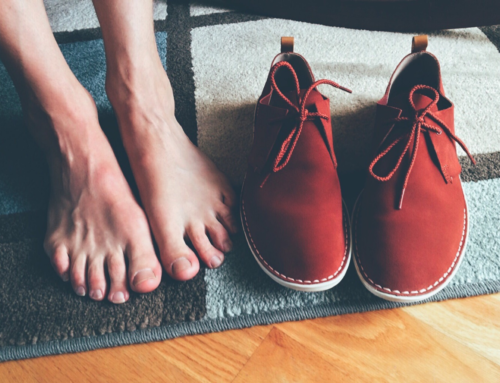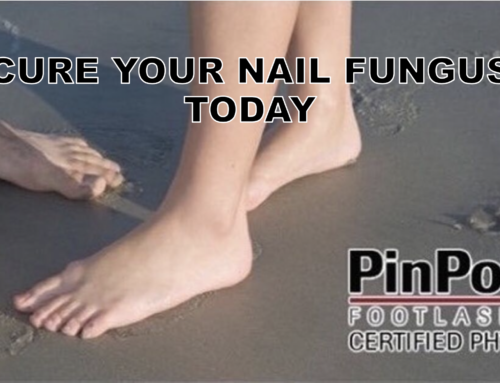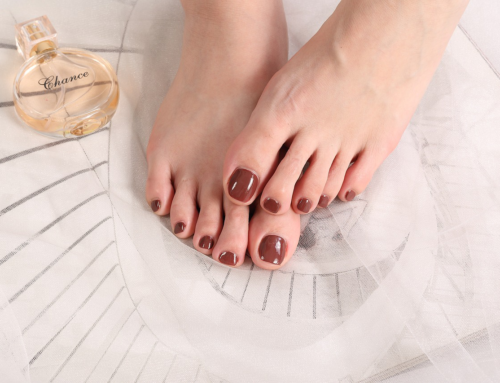Nail fungus vs bacteria have many differences. Although we are always surrounded by various kinds of fungi, bacteria, and other microorganisms no matter how clean we are, not everyone has his/her toes infected – this is because their immune system prevents those microorganisms from overgrowth on your toes. However, when your immune defense becomes weaker, the pathogens will start overgrowing and start developing an infection.
There are some differences between foot infections caused by bacteria and one caused by fungi. Furthermore, if you are interested in the difference between fungus and bacteria itself, check out this article. Here, we will mainly talk about infections of the foot.
Nail Fungus of Foot
Fungi thrive in a humid and warm environment. Furthermore, it is important to keep the feet dry and clean to prevent fungal foot infection.
Athlete’s Foot
- Also called Tinea Pedis
- Symptoms could be itching, flaking, redness, and rash between your toes.
- Highly contagious: spread through floors, towels, shoes, and clothes.
Toenail Fungus
- Also called Onychomycosis
- Symptoms include discoloration, thickening, and flaking of the toenails. The separation between the toenail and the nail bed. Toenail fungus can also cause a bad odor.
- Highly contagious: spread through floors, towels, shoes, and clothes.
- As a result, often found in Athlete’s Foot.
Bacteria Infection of Foot
People get infected by bacteria through the site where the skin is injured. As a result, it is important to keep the skin undamaged and clean to prevent bacterial foot infections. As a result, nail fungus vs bacteria have many differences.
Erythrasma
- The infected site will initially change in pink color, then because brown and scaly.
- Often mistaken for a fungal infection
- Usually seen where two skins fold together, such as armpits, under the breasts, and toes.
Cellulitis
- Symptoms include swelling, pain, warmth, blisters, and redness.
- Potentially serious bacterial infection
Foot Abscess
- Abscess: A swollen area in the skin, that contains a pocket of pus.
- Symptoms include redness, swelling, pain, and the development of a fluid-filled pimple.
- Treated by discharging the pus and taking antibiotics.
Laser Treatment for Nail Fungus
As you can see, tips for healthy feet without nail fungus can be easy to find. If you have caught nail fungus, it can be easily treated using the FDA-approved PinPointe laser. It typically only takes on treatment. Other treatments like topical solutions and oral medication are not as effective. Topical solutions have a very low cure rate. This is because the solution does not penetrate all the way through the nail bed. This is because it can lead to liver toxicity. You would need to have consistent blood tests throughout the course of taking the medication.
Our nail doctor in Union, NJ recommends this treatment for toenail fungus. The PinPointe Laser treatment has the highest cure rate in the market. It has no side effects and no recovery period. As a result, you can go about your daily activities right after the treatment. Also, there’s no pain. If you have any signs of nail fungus, call us at (800) 672-0625 our Union, NJ location. Visit our website for more information on our doctors at one of our over 150 locations.




